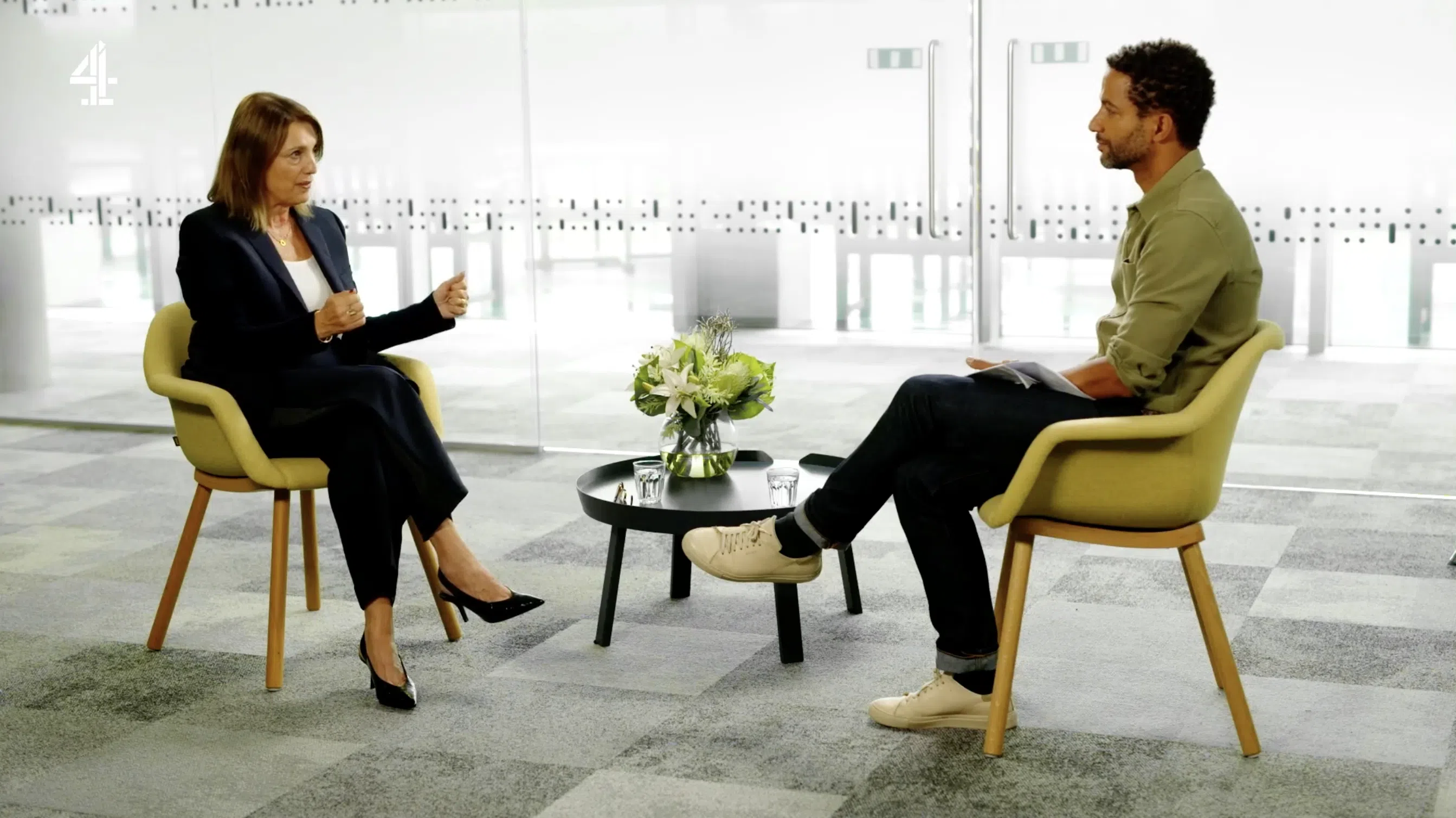multi-language live streaming
Introduction.
Groovy Gecko is committed to shattering language barriers with our multi-language live streaming services. We enable you to reach and engage with an international audience by providing both caption and audio translation options for live content. With Groovy Gecko, your streams will not only be accessible but will also create a shared experience for a truly global audience.
INCLUSIVE STREAMING.
Our multi-language streaming services empower you to connect with a diverse audience, making your content accessible to viewers, regardless of their language.
VERSATILE TRANSLATION OPTIONS.
We provide caption and audio translation for live streams, allowing your audience to choose the most convenient method to comprehend your content.
GLOBAL REACH.
With our services, your live streams can resonate with a global audience, fostering an international event experience that bridges geographical and language gaps.
OUTCOMEs.
With Groovy Gecko’s multi-language live streaming services, you can expect broader audience engagement, a heightened global presence, and a significant increase in content accessibility.
USE CASES.
Related services.
For an enhanced viewer experience, complement your multi-language streaming with:
WHY CHOOSE GROOVY GECKO.
Groovy Gecko is dedicated to inclusivity and accessibility in streaming services. Our unique approach to multi-language live streaming, combined with our proprietary technology, empowers brands to truly connect with a worldwide audience. Choosing Groovy Gecko means opting for a service that values universal communication.
Are you ready to transcend language barriers and embrace the global stage? Contact Groovy Gecko today to learn more about our multi-language live streaming services. Let’s make your content universally accessible.


